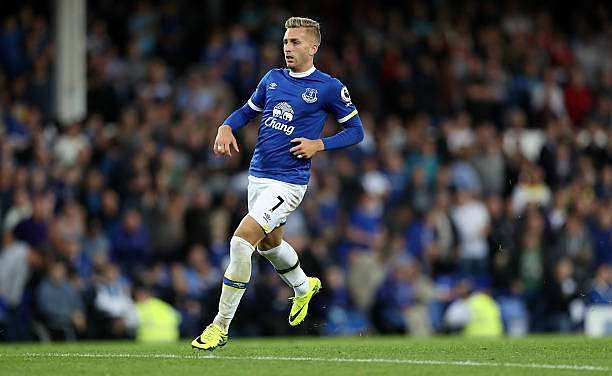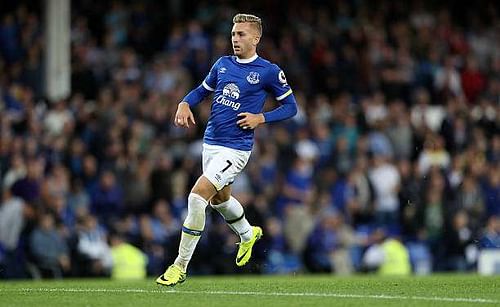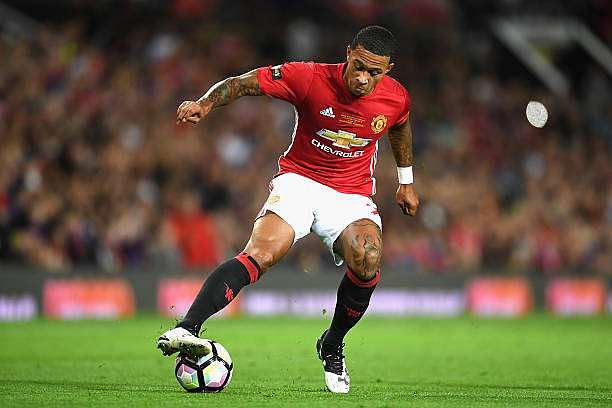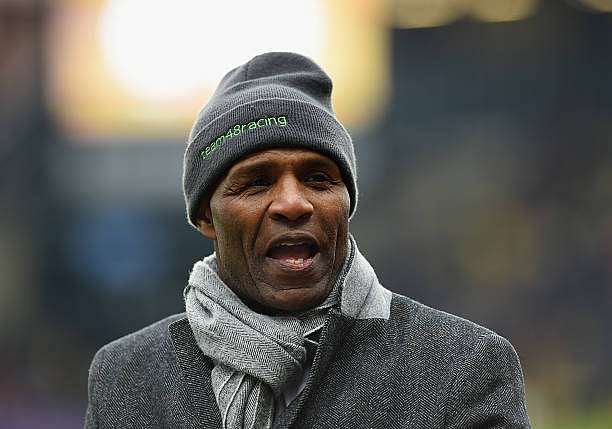
Decoding the buy-back clause and how it works in football

Buy-back clauses are not that simple as they seem to be. They can get very complex at times and can be very easy as well. Let us start by understanding the buyback clause in a layman's term. It is a provision in a contract which gives the seller of the property the first option to repurchase the property under certain conditions.
For example, 'A' sells a house to 'B' and in the contract, inserts a buy-back clause. Now, when 'B' wants to sell the house to say 'C', he cannot do so before asking 'A'. 'A' has the first option of deciding whether he wants to buy back his house or not. If 'A' decides to buy back the house, he would have to pay a certain fee, stated in the contract, to 'B' to get back the property. If 'A' declines, 'B' is free to sell the house to 'C' or anyone else for a fee which both the parties agree upon.
This is exactly how buy-back clause works in football with a few changes. The main purpose of inserting a buy-back clause in the transfer agreements is to give the selling club a sense of security of being able to repurchase a player should he excel in the future. The buyback clause has to be agreed before the player can make a transfer. It may or may not be removed after a certain time period or conditions depending on the contract agreed.
No other club except the selling club can pay the fee agreed while negotiating and in maximum cases, the player would have to go back to the parent club when they call for him. The player does not have a say in it and is powerless.
Buy-back clause is a good way for the player to showcase his talent rather than being wasted at the parent club. When a club feels that they have a good player at their disposal but are not able to utilise him up to his potential, but feel that the player would turn out to be good in the future, they sell the player to another club with a buy-back clause.
This usually happens to the academy players who are unable to join the first team but have abilities that need proper nurturing. It does not happen in the case of older players because let’s face it, there is no sense in doing so also and in maximum cases, it does not happen.
The buy-back clause is also used as a tool to make the selling club listen to the buying club. This is the best way for the smaller clubs to have players from the big clubs play for them. It is a win-win situation for all the parties concerned- the selling club, the buying club and the player, not to forget the agent as well.
An interesting case happened in the 2014-15 season involving Toby Alderweireld, Atletico Madrid defender on loan to Southampton for the season. Both the clubs had an agreement that although being a loan deal, Southampton had the option of purchasing the defender for around £7m. Although it was not a buy-back clause, it did give the Saints the option of making the loan deal permanent.
Now in the following summer transfer window, Tottenham bid £11.5m for the defender which Atletico accepted. Southampton wanted to exercise the option of making the loan deal permanent. It is believed that Atletico compensated Southampton so that the player could move to Spurs.
Buy-back clause is not that easy as it sounds. The main complication arises when the parent club wants to take the player back. But at what fee? Like I said above, the fee is decided before the deal happens, but it’s not that simple.
There can be different sets of fees included in the contract. Below are a few examples of how certain clauses work,
- If the player is bought back in the first two summer transfer window, the parent club would have to pay say the agreed fee. But every window after that, the club would have to pay an extra £5m.
- If the player is called up by the national team, an extra fee would have to be paid by the club.
- If the player is a striker and scores 10+ goals in the 38 league matches, then some extra fee would be included.
- If the player plays at least 60 minutes in 50% of all the matches- league, cups, European competition.
Now you may wonder what happens if a third club comes along with a bigger offer than the original club was offering. For this, there is something known as a cancellation clause. This is also discussed during negotiations whether or not to be inserted it in the contract. If there is a cancellation clause included and the selling club pays the amount to the parent club, then the selling club can sell the player for a higher fee to the third (interested) club.
Let us consider the Atletico and Saints case, which I mentioned above, to understand this better with a slight change. Let’s assume that Atletico sold Alderweireld to Saints with a buy-back and a cancellation clause included. Now, when Tottenham bid £11.5m for the player, the Saints, having the cancellation clause included, paid a certain fee to Atletico and then sold the player to Tottenham.
Had the cancellation clause not been included, Southampton would not have the power to negotiate right away with Spurs because of the buy-back clause. They would have to wait for an answer from Atletico and then go ahead according to the circumstances.
It is interesting to note that buy-back clauses are becoming more common than loan options. This is a good sign as it benefits the player the most.
Suppose a player was sent on a season-long loan and after coming back from the loan spell, he is still unable to break into the first team. The player would have to start from scratch all over again when he is sent out on loan again to another team this time. This way the player keeps getting loaned and is never able to break into the first team.
The first example of buy-back clause being activated dates back to 1983 as reported by the Guardian. It involves England striker Luther Blissett. The player was sold by Watford to AC Milan in the summer of 1983. While in Milan, the striker scored just 3 goals in 22 appearances and there were rumours that Milan confused Blisset with John Barnes. Italian journalist, Gabriele Marcotti, however, believes that it was not true. Blissett was later sold back to Watford for £550,000 after spending one season in Italy.

